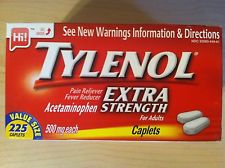
Thankfully, with acetaminophen poisoning, there’s an antidote called n-acetylcysteine (often abbreviated as NAC).

In cats, acetaminophen poisoning affects the red blood cells (RBC). This means that as little as one Tylenol tablet could kill a cat. The toxic dose of acetaminophen in cats is very low, seen at as little as 10 mg/kg.

The severity of acetaminophen poisoning depends on the species, as dogs and cats develop different clinical signs and problems with poisoning.īecause cats have altered liver metabolism (called glucuronidation), they metabolize acetaminophen poorly, making them much more susceptible to poisoning. Unfortunately, when dogs and cats ingest acetaminophen – either accidentally or because their pet owner inadvertently gave it to them, they can develop poisoning at low doses. While this drug is very safe for human use, it has a narrow margin of safety in dogs and cats. Justine Lee, find her at on Facebook!īefore you reach for Tylenol, make sure that you keep that bottle out of reach of your dog or cat! Tylenol contains the active ingredient acetaminophen (often called paracetamol in other countries), and is a popular over-the-counter (OTC) pain medication and anti-fever medication used by humans.


 0 kommentar(er)
0 kommentar(er)
